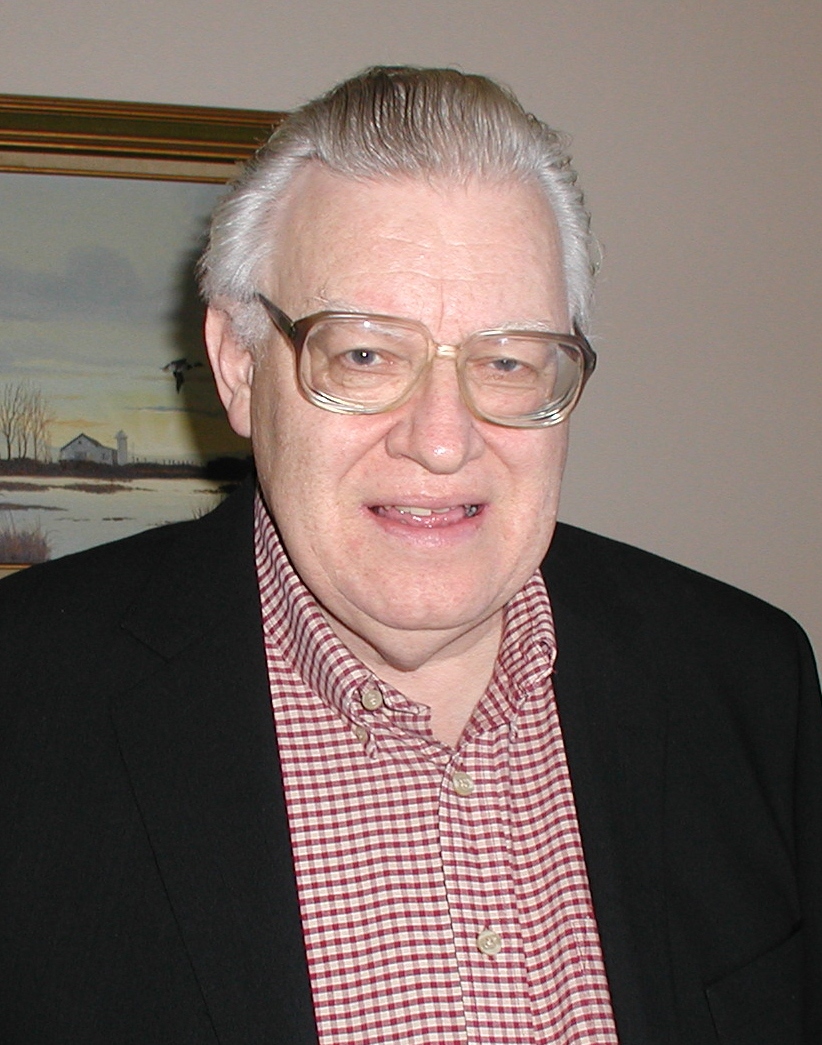Year: 2010
The derivation from first principles of the masses of three infinities of particles in this paper is a great test of the Electrino Fusion Model of Elementary Particles. Additional experimental tests for the Electrino Hypothesis are referenced in this paper also. It would take only a couple handfuls of newly discovered and measured particles to test the theory. These particles might be discovered soon at a new high-energy proton accelerator at CERN.
In the theory here set forth, electrinos (octons, quartons, semions, and unitons) are all trapped at or faster than the speed of light, and cannot go slower than the speed of light, so cannot be detected directly. Therefore the basis of the theory is more mathematical than physical, derived from first principles. Yet the model makes several physical predictions?the masses of two as yet unobserved charged leptons, two members of the pion family, and two members of the neutron family. They are all predicted to about three place accuracy.



